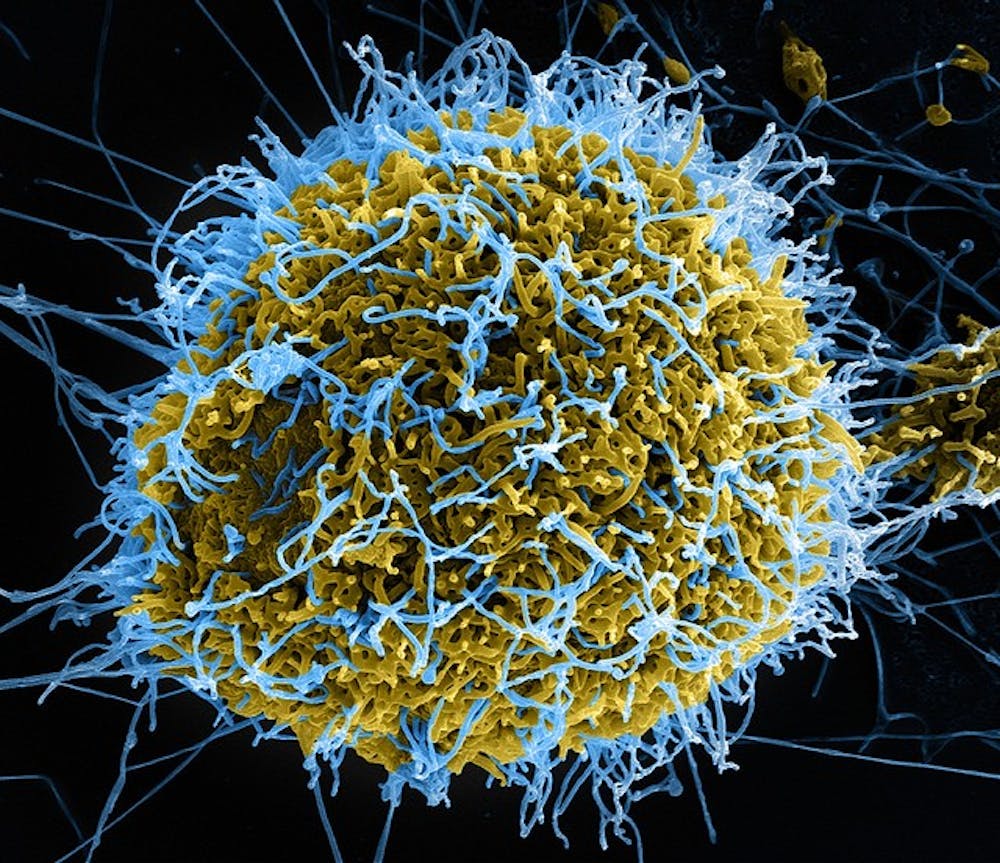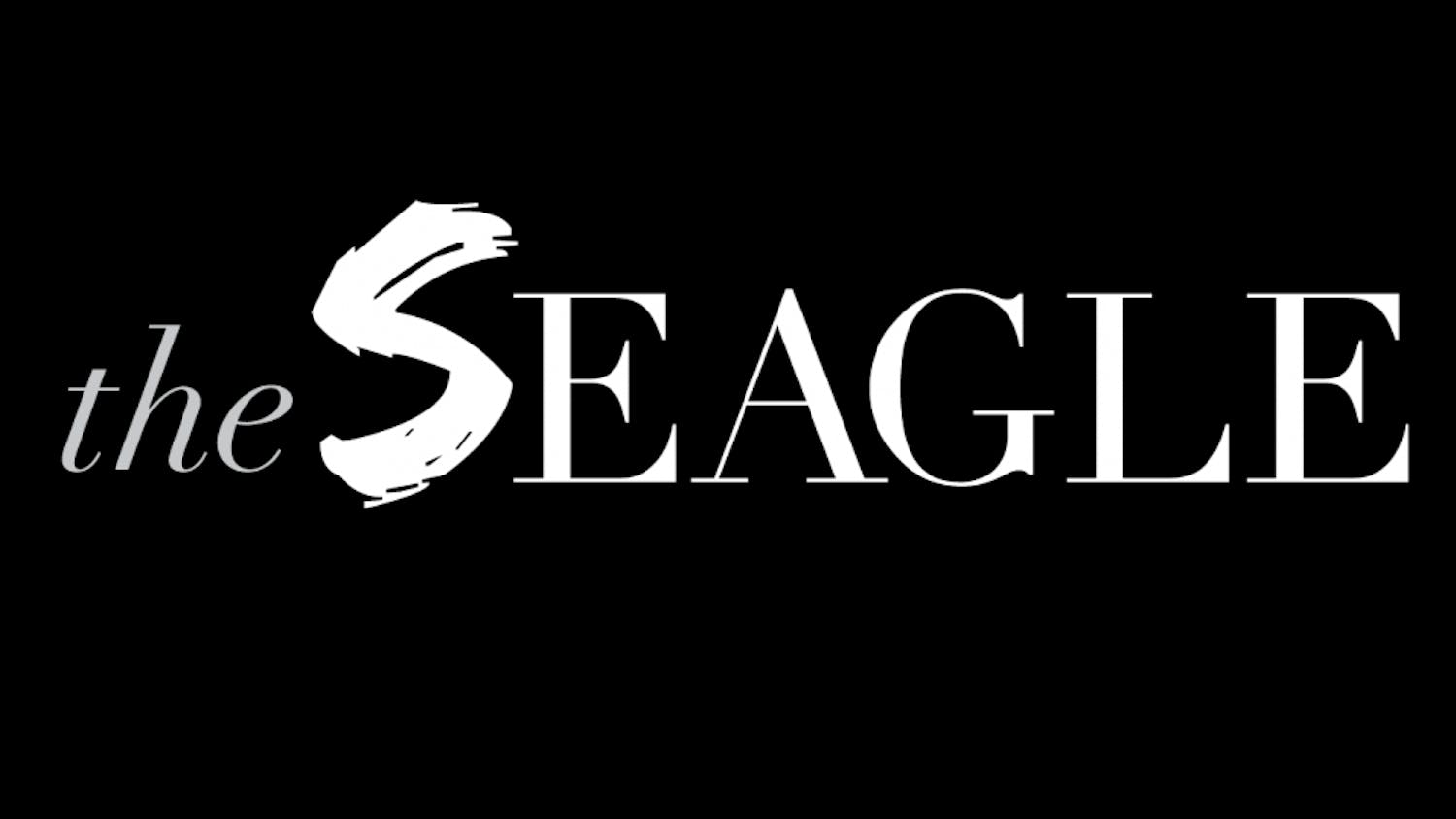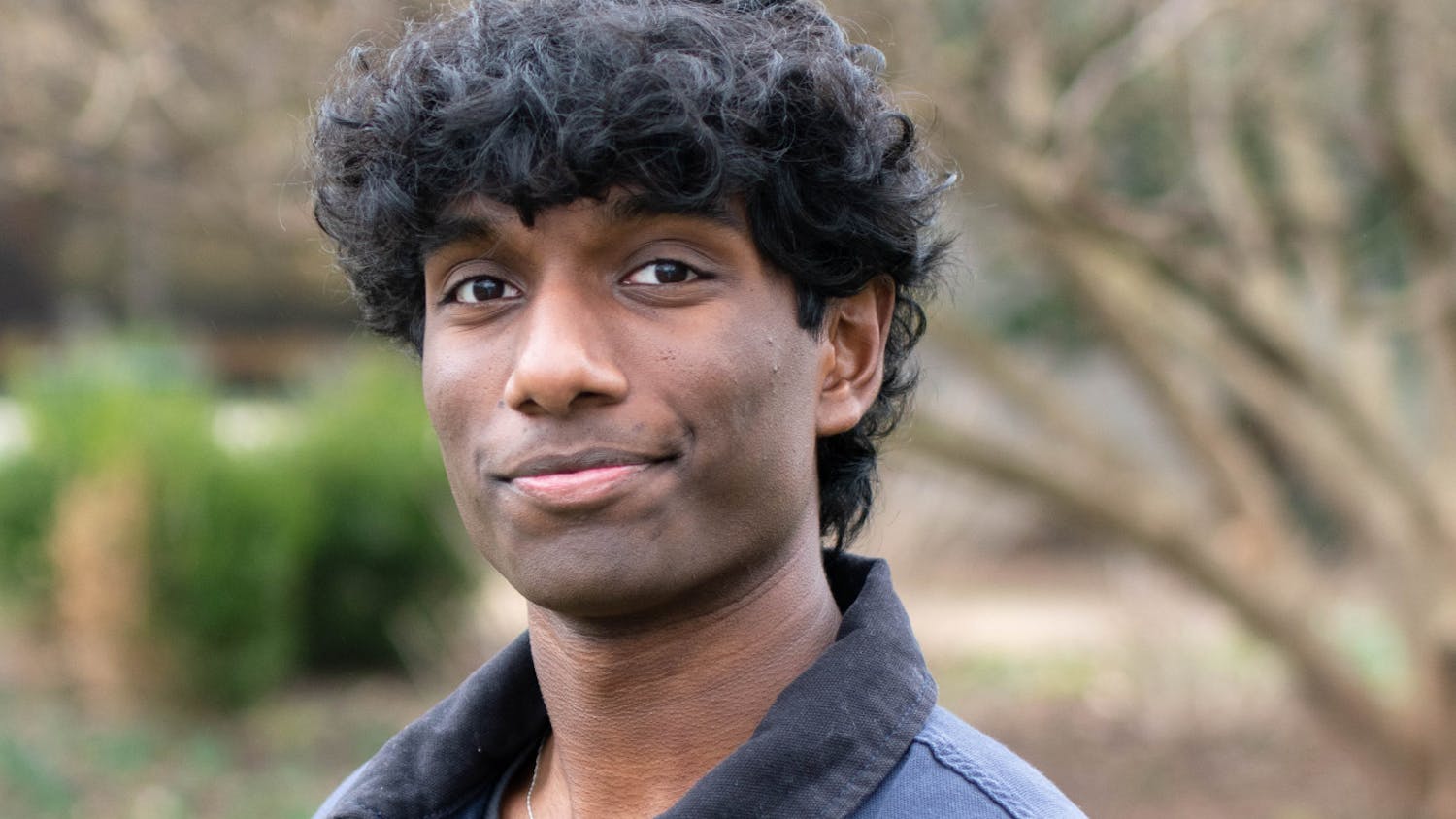It’s not a threat
Ashira Naftali Greer
It has always been known that media sells stories through fear tactics. In 2009, it was the threat of swine flu that kept us all on the edge of our seats waiting to hear what was next with this infectious disease. Before swine flu, mad cow was the media’s choice disease to scare the public.
To be clear, Ebola is a dangerous infectious disease that no one should take lightly. There’s a lot of misinformation about the disease, or at least in how people are interpreting it. The fatality rate is 70.8 percent, according to the New England Journal of Medicine, but this number only accounts for recorded incidents in African countries, not the United States.
It is also not as prominent as the media coverage has made it seem; you cannot simply become infected from being in the same vicinity as someone who is infected. John Cohen, a writer for PLOS Medicine characterizes Ebola as a disease “transmitted person-to-person by direct contact with infected body fluids, or by direct inoculation via contaminated instruments such as needles or razors.”
It is probably easier to contract a seasonal cold than Ebola. Ebola is certainly a lot more dangerous, it is also much less common. It is an airborne disease and can only be contracted through bodily fluids. This means that cautious people should not share razors, needles or engage in sexual activity with partners whose health history is unknown.
In 2004 there was a large Ebola epidemic in Uganda partially caused by a significant disconnect in information. There was a six week delay in notifying the Ugandan Ministry of Health of the outbreak. People were not familiar with the disease and thought it might have been malaria or typhoid. The U.S. is not plagued with such disease. In contrast, this country is now on high alert for specifically Ebola.
We need to realize that the United States is a developed country, with modern advancements in healthcare and clean water. Nature.com featured an editorial saying “many of those who are ill are not receiving the basic health care that could keep them alive.”
Modern medicine can treat ebola, but the countries most affected by ebola do not have sufficient medicine and resources to treat their populations. The United States is one of the wealthiest countries in the world, and if we are able to provide such large amounts of relief to countries in times of war, disease and natural disaster, then surely we will be able to protect ourselves for a curable disease.
Ashira Naftali Greer is a freshman in the School of Communication.
Worry about West Africa
By Magdalene Bedi
International alarm over Ebola is very much warranted. The outbreak affected thousands in West Africa and trial serums are still uncertain. The U.S. recently discovered and isolated an infected person in Texas, which prompted fear mongering and nationwide concern. The two scares in D.C. and Maryland didn’t encourage faith in local citizens and the media has picked up on the panic with fervor.
While the fear is understandable, it’s not valid. Misconceptions about Ebola have provoked unnecessary panic (with the aid of slanted media coverage).
Ebola isn’t nearly as contagious as many have been led to believe. The incubation period of the virus is up to 21 days, and it’s impossible to infect other persons until there are symptoms. It’s only transmitted through contact with bodily fluids and infected animals, so you won’t catch it from just being near someone infected.
The United States is prepared. Most developed countries have dealt with epidemics before and actually have an action plan that covers both small and large outbreaks. America has the resources and the money to isolate and track possibly affected persons, as well as to care for said persons in well-equipped hospitals. And all of these scares that keep occurring? Ebola symptoms begin as a fever, a severe headache, muscle pain, fatigue, vomiting and diarrhea. If that sounds familiar, it’s because those symptoms are also associated with the flu. Not to alarm anyone, but these symptoms will be appearing a lot soon and it’s not because the end is nigh.
The really scary part about all of this is the media’s tenacity in attaching itself to these scattered possible cases and their ability to stir the nation into panic. News coverage between the situation in West Africa and the West is so skewed that the rising death toll in places like Liberia and Sierra Leone are being ignored in favor of a few scattered flu cases. Have there been cases in the U.S.? Yes, but only a few. They have been elevated above a region facing over 4,000 fatalities already.
Pay attention to news alerts, but be aware of the actual threat and remember that while we terrorize flu patients, West Africa’s number of victims is doubling every three weeks.
Magdalene Bedi is a freshman in the School of Public Affairs.
Who’s afraid of big bad Ebola?
By Chase Cabot
In March 2014 media coverage focused its attention on West Africa, where Ebola ravaged Guinea, Sierra Leone and Liberia. The epidemic now has the entire world on the edge of its seat as the threat of pandemic increases.
When Ebola was first identified in 1976 it only affected Africans and a few scattered health workers. Despite the disease’s horrific nature and high mortality rate, no one in the West cared. Now that white people have the possibility of contracting the disease, fear of Ebola has spread faster than the contagion ever could.
This poor region of the world has little wealth to send drug companies, abandoning victims of the disease to quarantine and death. According to the director of the National Institute of Allergy and Infectious Diseases Anthony Fauci: “We have been working on our own Ebola vaccine, but we never could get any buy-in from the companies.”
Without financial interest or proximity the private sector has no interest in helping eradicate the disease. Despite Doctors Without Borders calling the disease “highly infectious” and citing a mortality rate of up to 90 percent, no effort has been made on the part of the West to combat the spread of Ebola. Even though Fauci says a vaccine is possible and in development, no one is willing to market and produce it since there will be no profit for drug companies.
Once Ebola threatened to spread to America and Europe, however, everything changed. The death of Thomas Duncan, the first person diagnosed with Ebola on U.S. soil, caused an explosion of media coverage. Look up the term ‘Ebola’ in Google, and one finds an article published on it every hour. Ebola has never received this much coverage in its 40 year history, which shows our overblown perceptions of the disease.
It is no longer “over there,” among non-whites in the neglected regions of the post-colonial world. NBC news reports that 58 percent of Americans now favor banning flights from Ebola stricken nations. People in the West are scared enough to demand cutting West Africa off from help, but not compassionate enough to demand real political action to create a feasible vaccine. Ebola is even being linked to fears of terrorism, since the Daily Mail (what other news source would claim this?) devotes an article to concerns about how the Islamic State of Iraq and Syria could use the virus as a biological weapon.
Fear seems to run below all other considerations in the West, defining our policies towards the entire world. We paid no attention to terrorism until it affected us, and likewise we paid no attention to Ebola until we felt threatened. Our ignorance reveals how self-absorbed we are in our own lives, and until we can break that shell we won’t solve anything.
Chase Cabot is a freshman in the School of Public Affairs.





